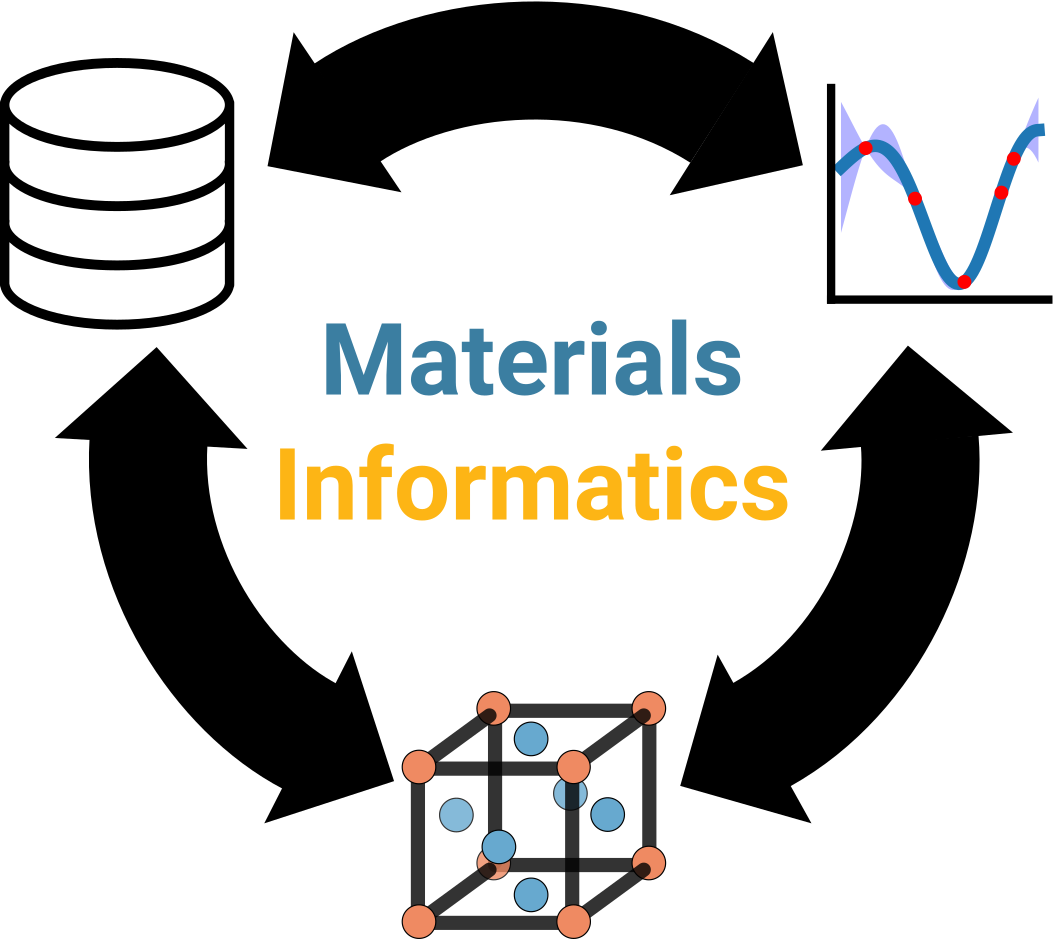Guest speaker: Alex!¶

We’ve heard a lot about how MI and big data are changing the field of MSE, but just how big is big? Well, how does 50 GB per second sound? In the field of materials characterization, where scientists use powerful microscopes to image materials at extremely small length scales (sub-nanometer resolution), next-generation 4D cameras at the National Center for Electron Microscopy (NCEM) at LBL are pumping out data at absolutely insane speeds [1]. These data are incredibly rich and complex, revealing the intricacies of atomic structure and chemistry, but there’s a catch—the data are also too large to fit into memory and present a headache to analyze. Even if we step away from the “big data” hype for a minute and just consider all of the detail (and artifacts!) present in microscopy images, we realize that without a more robust, automated way to perform this analysis, we’re going to be left in the dark on a lot of crucial problems in MSE.
Fortunately, today we will hear from Alex and how she uses unsupervised learning to analyze data from 4-dimensional scanning transmission electron microscopy (4D-STEM) to shed some light on these problems, specifically focusing on electron diffraction. Alex is a fourth-year UCB MSE PhD student working with Prof. Mary Scott, whose group uses advanced electron microscopy methods to relate structure to function in a variety of materials. She has a BS degree in Chemistry and Biology from Temple University in Philadelphia, PA, and is a very active peer mentor, having received recognition for her involvement in the California Section of the American Chemical Society (ACS).
References¶
- 1
Jim Ciston, Ian J. Johnson, Brent R. Draney, Peter Ercius, Erin Fong, Azriel Goldschmidt, John M. Joseph, Jason R. Lee, Alexander Mueller, Colin Ophus, Ashwin Selvarajan, David E. Skinner, Thorsten Stezelberger, Craig S. Tindall, Andrew M. Minor, and Peter Denes. The 4D camera: Very high speed electron counting for 4D-STEM. Microscopy and Microanalysis, 25(S2):1930–1931, 2019. doi:10.1017/S1431927619010389.
